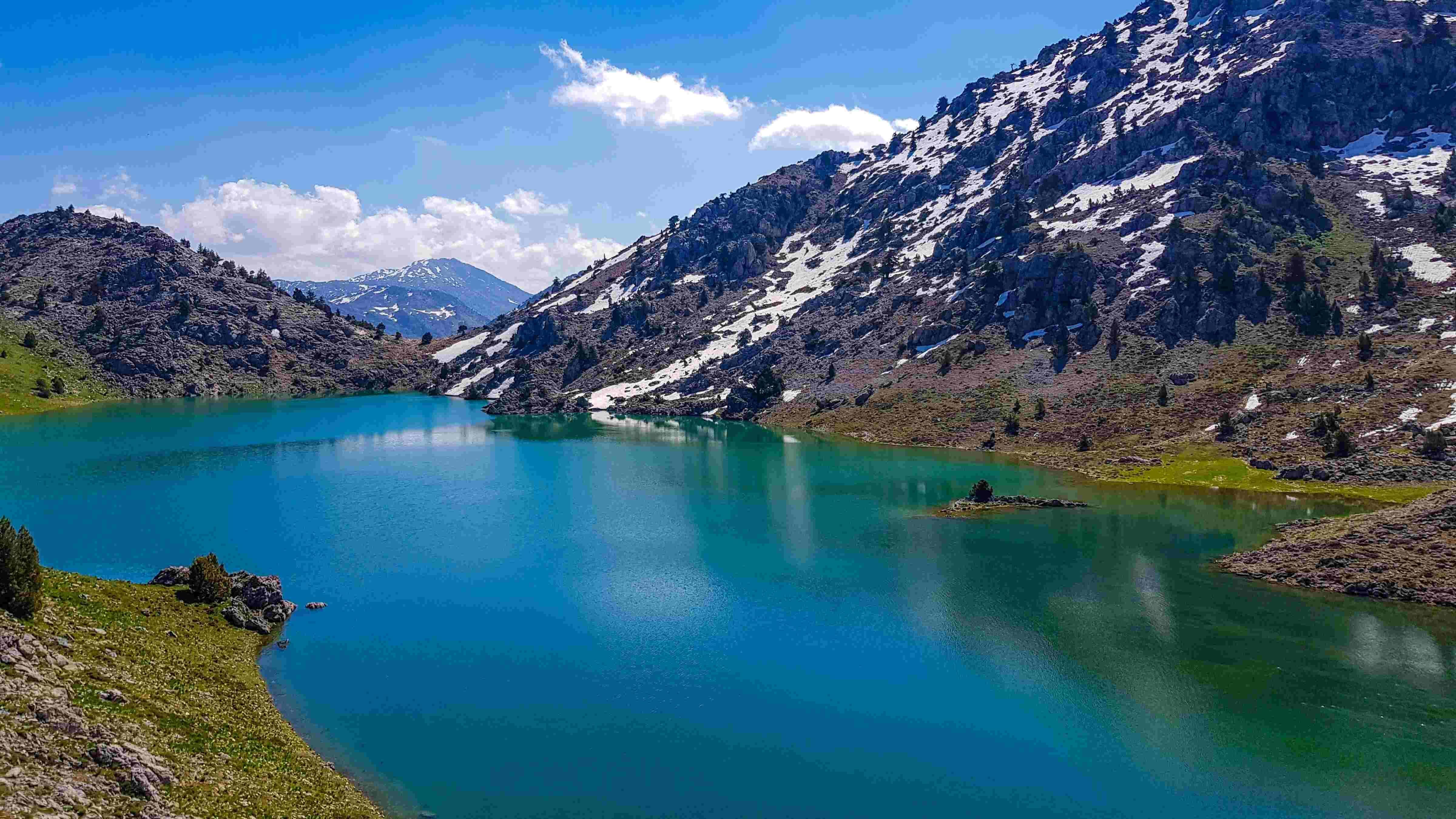
The Environment, Urbanization and Climate Change Ministry has announced an ambitious target to increase the proportion of Türkiye’s protected areas to 30 percent by 2030, aligning with global biodiversity goals.
The plan marks a significant leap from the current level of 13.3 percent and builds on a steady upward trend since 2011, when protected lands accounted for only 6.22 percent.
According to the ministry, the initiative encompasses a wide range of ecosystems, including natural heritage sites, the Special Environmental Protection Areas (SEPA), national parks, nature parks, nature monuments, wildlife development areas and wetlands. These areas are considered critical carbon sinks and are seen as vital tools in the nation’s broader climate adaptation and biodiversity protection strategies.
The ministry’s efforts are in line with the United Nations Convention on Biological Diversity, which calls for the conservation of at least 30 percent of terrestrial, inland water and marine ecosystems by 2030. To this end, work is ongoing to evaluate 60 new potential natural site areas, a project that began last year.
Significant progress has already been made. The government body responsible for identifying, managing and preserving the country’s natural heritage has completed assessments and reports for seven new Special Environmental Protection Areas. Once these regions are officially designated, the protected area ratio is expected to rise to 14.95 percent.
Among the locations set to be brought under protection are ecologically significant and scenic regions such as the Kaz Mountains stretching from Çanakkale to Balıkesir in the country’s west, Şirince in the western province of İzmir, the Bodrum peninsula, Sapanca Lake, Adrasan, the Kızılırmak Delta and the glacial mountains of Cilo.
In parallel with biodiversity conservation efforts, the ministry is also ramping up its carbon sequestration initiatives. As part of Türkiye’s 2053 Net Zero Emissions Target, the government agency tasked with combating desertification and erosion has afforested approximately 700 hectares of Treasury land under 12 separate projects over the past two years. The efforts have led to the annual sequestration of roughly 3,400 tons of carbon dioxide.
Additionally, the ministry has registered and placed under protection 10,524 monumental trees and 304 caves — unique natural assets that add to Türkiye’s growing portfolio of protected environmental features.
Currently, Türkiye hosts a total of 270 nature parks, 131 wetlands, 111 nature monuments, 85 wildlife development areas, 50 national parks, 32 nature conservation areas and 14 Ramsar sites (internationally significant wetlands).